Working with Split Complementary Colors
Complementary and analogous color mixes are just the beginning of the story when putting designs together. With the nearly endless choices in elements for jewelry making, getting comfortable with more complex palettes will help strengthen a designer's color confidence.
A split-complimentary mix is a great option for color novices, because it is difficult to get wrong. But it might be a good idea to Google a detailed color wheel for reference if you don’t have one on hand.
To create a split-complementary color palette, start with one color and then add colors equally spaced on each side of its complement. For instance, if you start with blue, you’d add red-orange and yellow orange. If you start with violet, add yellow-orange and yellow-green.
A split-complementary palette offers some of the pop of a complementary mix with a dash of the more harmonious analogous palette. Your design has the best of both worlds.
To take best advantage of the split-complementary palette, use vibrant colors. And don’t give each part of the color trio equal weight – pick one to be dominant. If your main color is on the warm side, try using cool tones for the complements to really highlight it (or vice-versa).
To create a split-complementary color palette, start with one color and then add colors equally spaced on each side of its complement. For instance, if you start with blue, you’d add red-orange and yellow orange. If you start with violet, add yellow-orange and yellow-green.
A split-complementary palette offers some of the pop of a complementary mix with a dash of the more harmonious analogous palette. Your design has the best of both worlds.
To take best advantage of the split-complementary palette, use vibrant colors. And don’t give each part of the color trio equal weight – pick one to be dominant. If your main color is on the warm side, try using cool tones for the complements to really highlight it (or vice-versa).

The two colors on either side of the complement are called tertiary colors. A tertiary color is produced with a mixture of a primary colorand a secondary color adjacent to it on the color wheel. A tertiary color can also be produced with two secondary colors.
Combinations of two tertiary colors are called quaternary colors. Tertiary (or quaternary) colors can add sophistication to design.
A couple of gemstone combos:
Amethyst with new Burma jade and yellow jade
Lapis with tiger eye and matte carnelian
Apple jasper with jade and blue crazy lace agate
Crystal mixes:
Sapphire, Light Siam and light topaz
Fuschia, peridot and mint alabaster
Jonquil, tanzanite and rose
Combinations of two tertiary colors are called quaternary colors. Tertiary (or quaternary) colors can add sophistication to design.
A couple of gemstone combos:
Amethyst with new Burma jade and yellow jade
Lapis with tiger eye and matte carnelian
Apple jasper with jade and blue crazy lace agate
Crystal mixes:
Sapphire, Light Siam and light topaz
Fuschia, peridot and mint alabaster
Jonquil, tanzanite and rose
Looking for more examples of split-complementary color mixes? Try Pinterest. I searched "split-complementary color schemes" and found pages of inspiration.
Some are beads, some are fabric and others are paintings or interior decoration. But they can all be translated into a bead design.
In addition to Pinterest, there is a bounty of sites that discuss color mixing – most are focusing on painting and interior decorating, but they can easily be translated to jewelry-making elements.
Another three-color mix to experiment with is a triadic color scheme. A triadic color scheme uses three colors equally spaced around the color wheel. Triadic color schemes tend to be vibrant, even when using paler tints of the colors in question.
This option gives offers strong contrast paired with harmonious elements. The triadic mix doesn’t have quite the pop of a complementary scheme, but it is relatively easy to create balance and harmony.
The easy examples of color triads are: Red, yellow and blue (primary), and orange, green and violet (secondary). Other triads can be less obvious. One foolproof way to find more subtle triads is to place an even-sided triangle on your color wheel.
The triangle should be slightly smaller than the wheel. Obviously, the color wheel you use would have to go beyond primary and secondary colors. You can find one by Googling "color wheel" images. Or you can find a wide selection on Amazon or other websites.
Some are beads, some are fabric and others are paintings or interior decoration. But they can all be translated into a bead design.
In addition to Pinterest, there is a bounty of sites that discuss color mixing – most are focusing on painting and interior decorating, but they can easily be translated to jewelry-making elements.
Another three-color mix to experiment with is a triadic color scheme. A triadic color scheme uses three colors equally spaced around the color wheel. Triadic color schemes tend to be vibrant, even when using paler tints of the colors in question.
This option gives offers strong contrast paired with harmonious elements. The triadic mix doesn’t have quite the pop of a complementary scheme, but it is relatively easy to create balance and harmony.
The easy examples of color triads are: Red, yellow and blue (primary), and orange, green and violet (secondary). Other triads can be less obvious. One foolproof way to find more subtle triads is to place an even-sided triangle on your color wheel.
The triangle should be slightly smaller than the wheel. Obviously, the color wheel you use would have to go beyond primary and secondary colors. You can find one by Googling "color wheel" images. Or you can find a wide selection on Amazon or other websites.

Materials

18 Gauge Round Silver Plated Amethyst Copper Craft Wire - 20 ft
H17-H18-20FT
- Lesson Quantity: 1.00 pieces
- Purchase Quantity: 1.00 each
- Price: $9.45
- Gold Club Price: $7.09

20 Gauge Round Silver Plated Orange Copper Craft Wire - 18 ft
H17-C20-18FT
- Lesson Quantity: 1.00 pieces
- Purchase Quantity: 1.00 each
- Price: $7.95
- Gold Club Price: $5.96

Varied colors of Silver Plated Copper Craft wire

Varied colors of Enameled Craft wire

Beads

Cabochons
Tools

WireJewelry - Ultimate Wire-Pliers Jewelry Pliers with Case, Set of 5
G15-20
- G15-20
- Lesson Quantity: 1.00 pieces
- Purchase Quantity: 1.00 each
- Price: $170.72
- Gold Club Price: $128.04

Bench Tools
- Category: Design
- Technique(s): Design







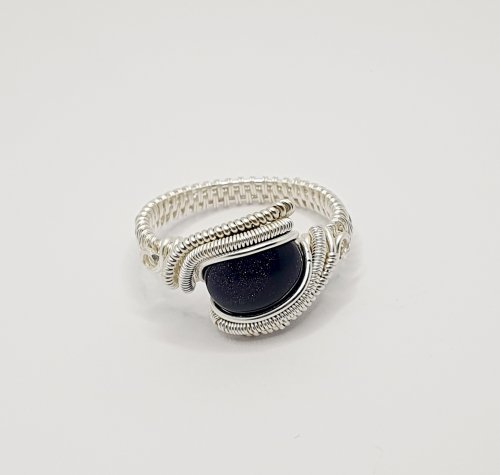
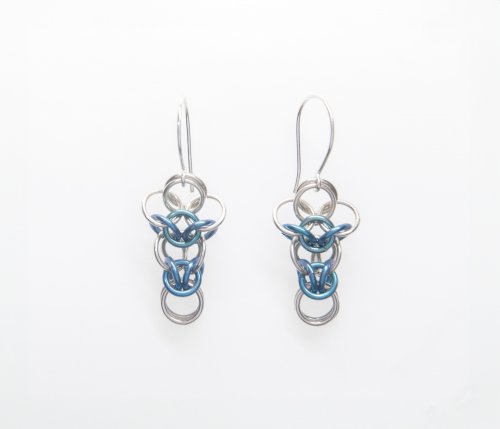
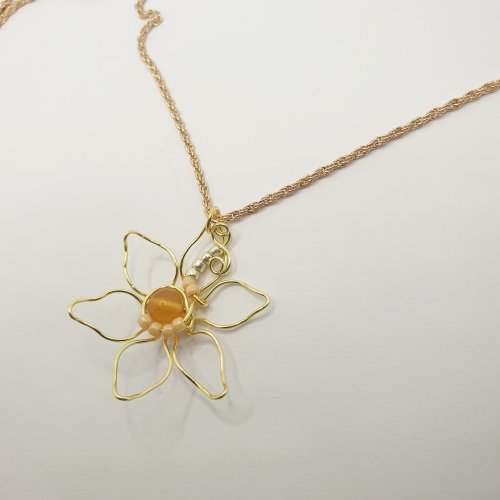

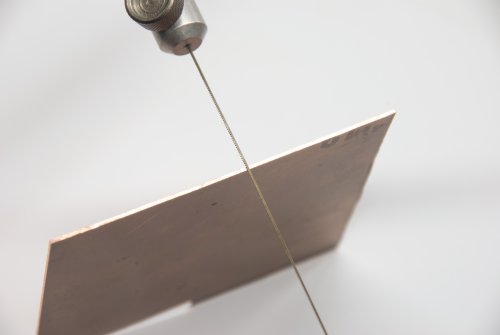
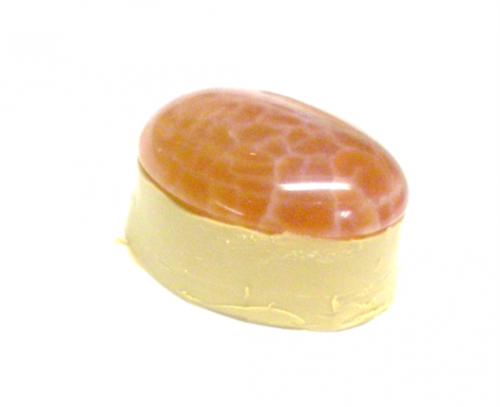
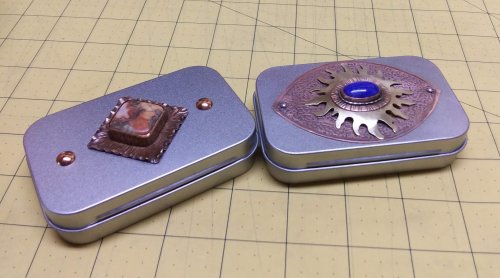

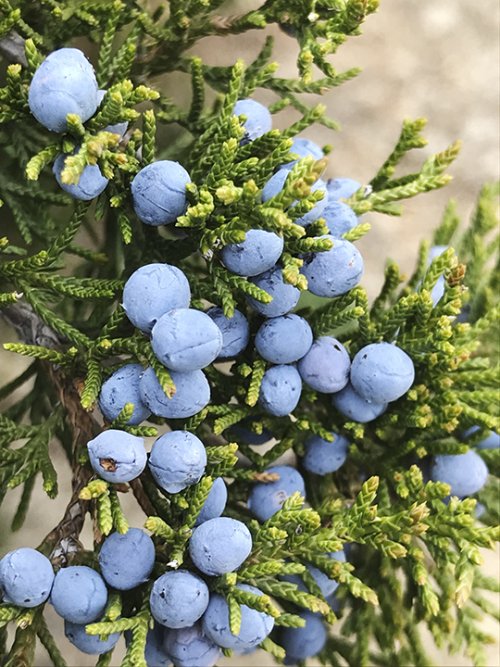


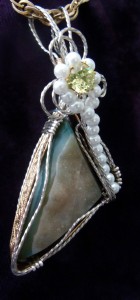

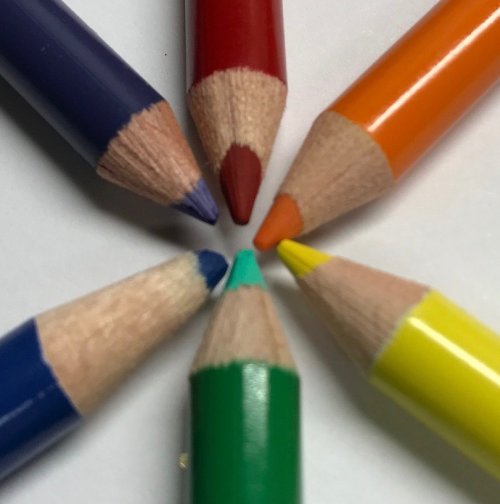 Working with Complementary Colors
Working with Complementary Colors Working with Analogous Colors
Working with Analogous Colors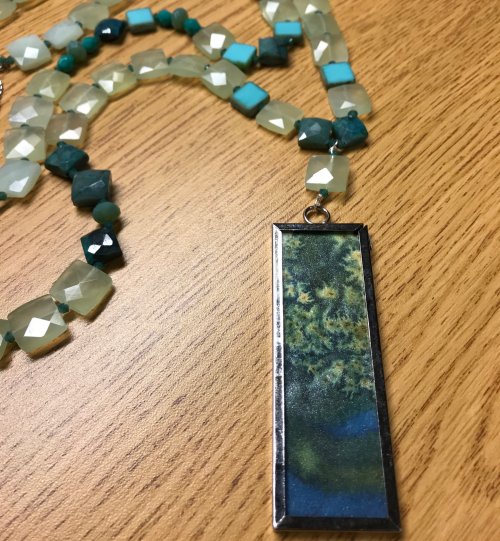 Color Inspiration - Cool Blues and Greens
Color Inspiration - Cool Blues and Greens Designing with Neutral and Universal Colors
Designing with Neutral and Universal Colors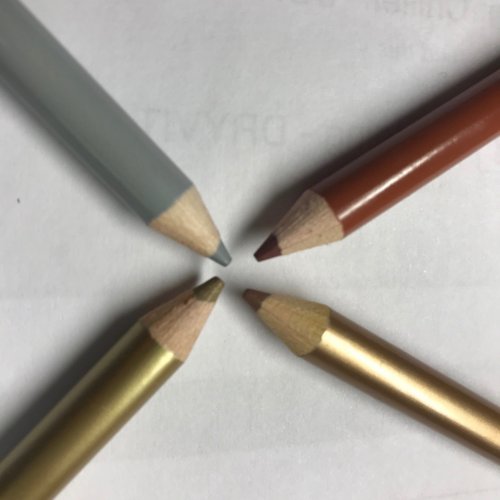 Mixing Color with Metal
Mixing Color with Metal Wrapped Loops Beyond the Basics
Wrapped Loops Beyond the Basics
